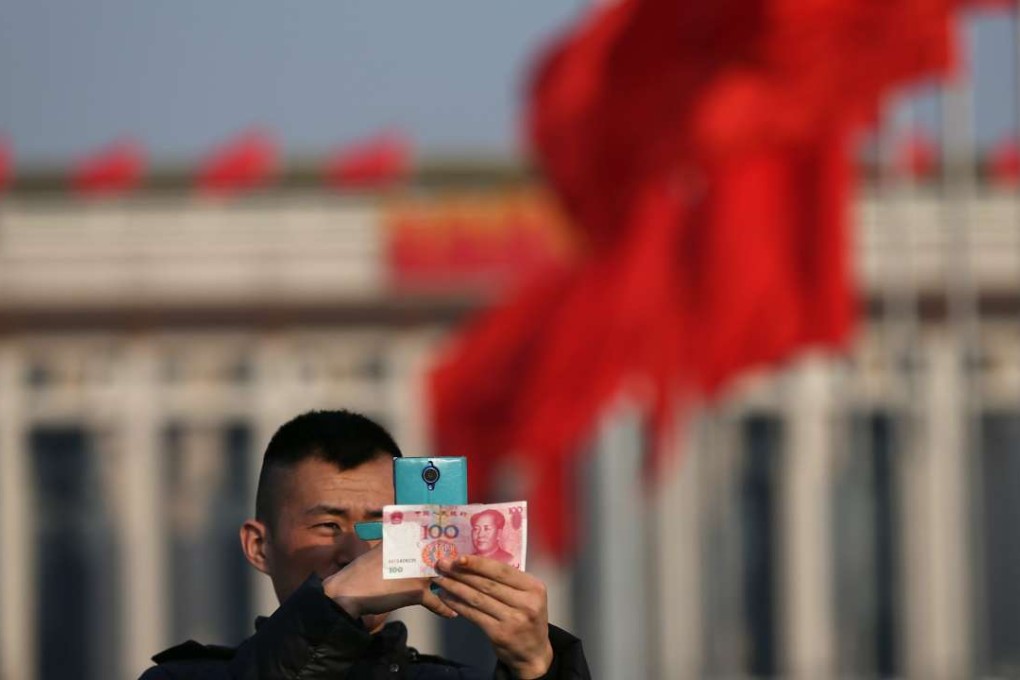Macroscope | Why the yuan doomsayers have got it all wrong
The devaluation of the Chinese currency has for the most part run its course

Views on the yuan’s direction of travel are myriad. Even New Zealand’s Prime Minister John Key was recently reported saying that, in his personal opinion, China will be forced to devalue the renminbi as “there is just no other road out of this stuff.”
Within that “stuff” would surely be the overhang of industrial overcapacity in the Chinese economy.
But as a lot of that was financed with dollar-denominated debt, a devaluation of the yuan from current levels would only make matters worse as it would make repaying greenbacks out of devalued yuan-denominated earnings even harder.
The chances of a sharp devaluation, from current levels, have markedly lessened
Indeed, with the dollar debt burden in mind, the Quarterly Review (QR) published by Bank for International Settlements (BIS), often referred to as the central banks’ central bank, on March 6 makes for interesting reading, particularly in its analysis of the drivers of recent yuan weakness.
The yuan may have stayed broadly stable against the “China Foreign Exchange Trade System reference basket,” as unveiled by the People’s Bank of China (PBOC) on December 11, but it fell hard versus the dollar.
The BIS noted that “between August 2015 and late January 2016, the renminbi depreciated by 6 per cent against the US dollar.
China’s “foreign exchange reserves dropped by more than US$300 billion over the same period, at a seemingly accelerating pace that unnerved investors” while, as investors will be aware, December saw the first tightening of US monetary policy since 2006.

